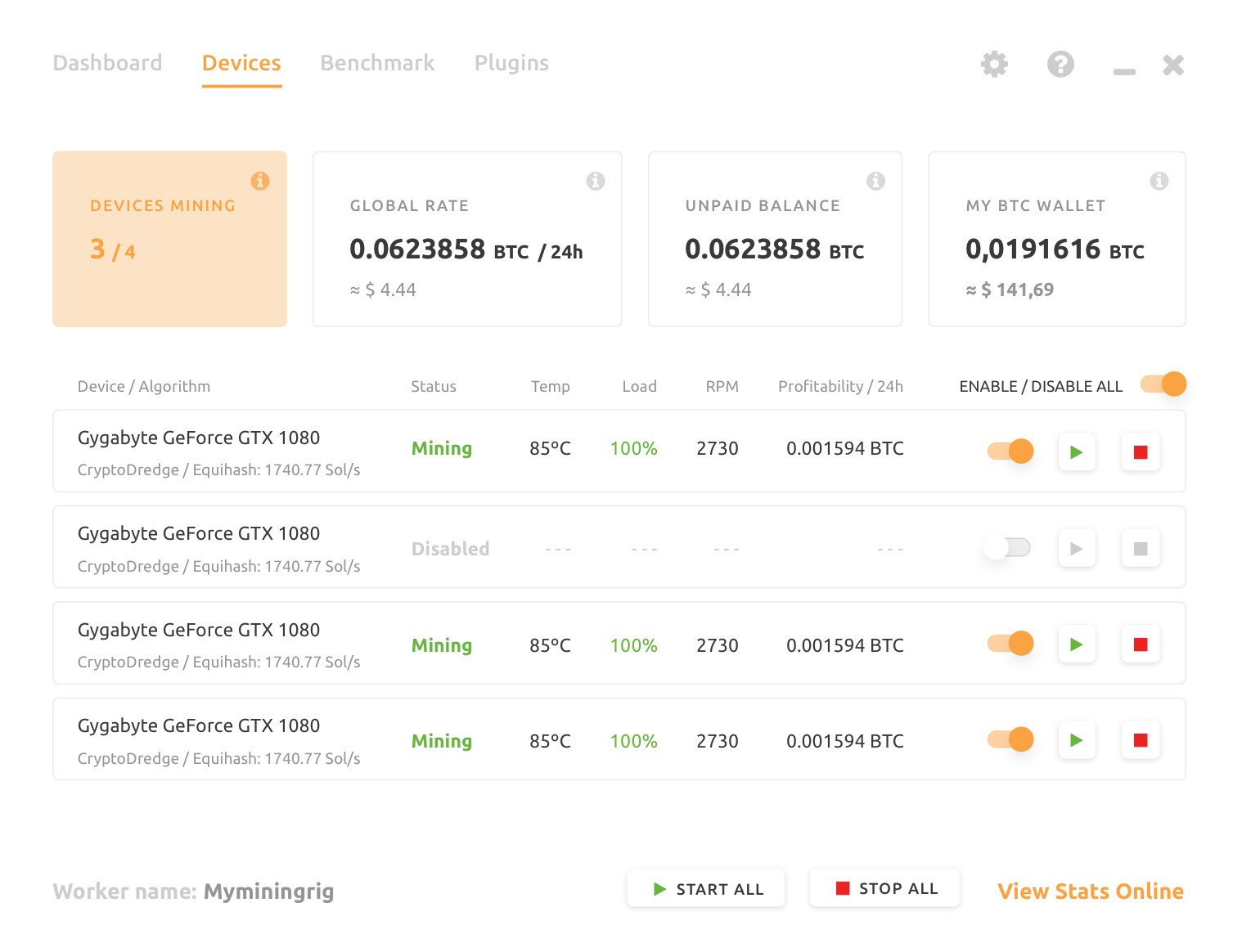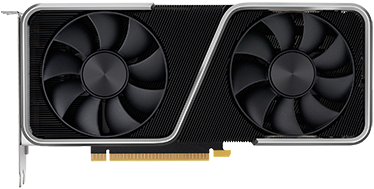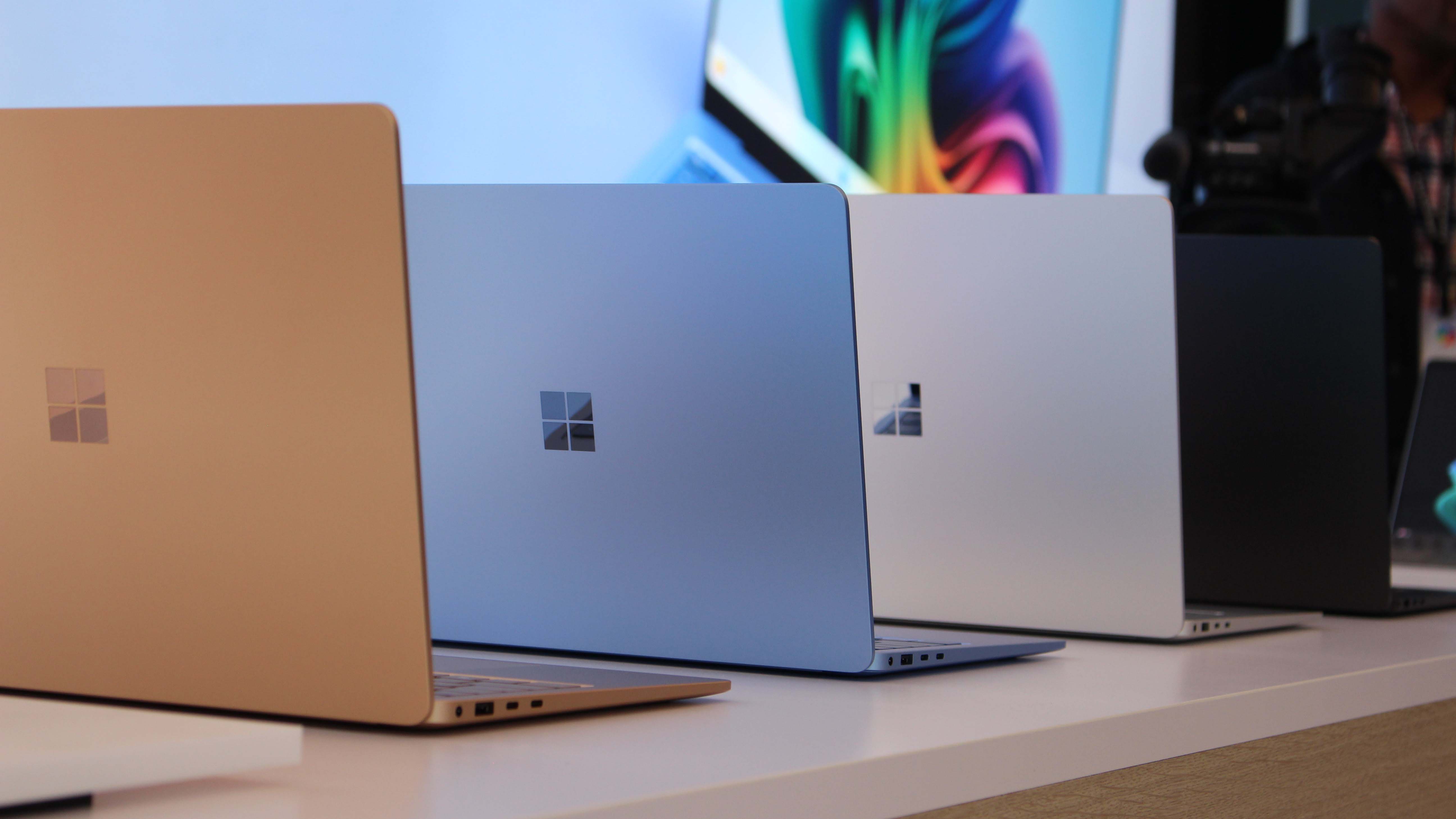What is the AMD Radeon RX 6700 XT's hashrate?

What is the AMD Radeon RX 6700 XT's hashrate?
AMD's Radeon RX 6700 XT isn't the best for miners
It has been reported that the Radeon RX 6700 XT is capable of hitting 40MH's, which doesn't sound too bad, but it's not quite as good as the slower RX 5700 XT at 54MH/s. The 6700 XT will achieve this figure drawing 170W of power. This makes it a better deal for gamers, which will please many who have struggled to get ahold of a GPU.
If you're considering the Radeon RX 6700 XT for cryptocurrency mining, I'd recommend you take a look at our best mining GPU collection to see better options. With a PC up and running, you can look to receive around $3 per day in profit as a raw estimation. This would result in $21 per week, $84 per month, and $1,000 annually.
Earn a passive income from your gaming PC

In order to turn your gaming PC into a stream of passive income, all that's required is the best graphics card you can afford and the PC itself. It's possible (and more lucrative) to go it alone, but I prefer to let software handle mostly everything for me, which is why I recommend NiceHash.
I've already gone into detail on how to mine crypto and earn passive income with your gaming PC, but all you need to do is download and run NiceHash, create an account, and let it do the rest for you. You can then transfer profits paid to you in Bitcoin to a wallet of your choice.
All the latest news, reviews, and guides for Windows and Xbox diehards.

Rich Edmonds was formerly a Senior Editor of PC hardware at Windows Central, covering everything related to PC components and NAS. He's been involved in technology for more than a decade and knows a thing or two about the magic inside a PC chassis. You can follow him on Twitter at @RichEdmonds.


